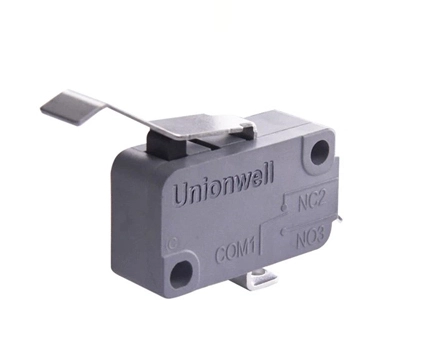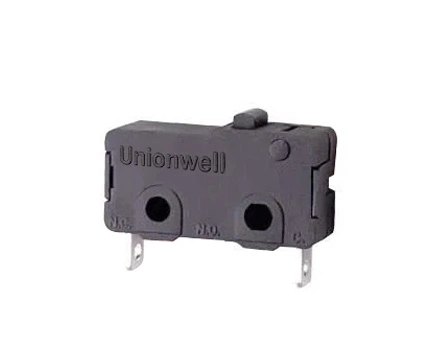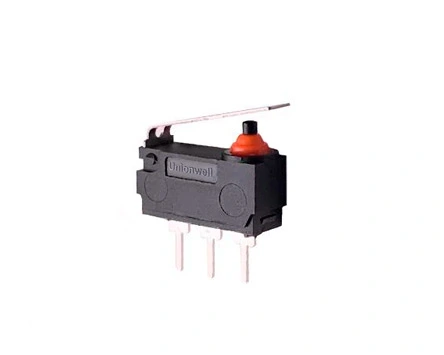
Appliance micro switches are small but crucial components in many household appliances. They are used to detect the position of various components, such as doors, windows, and buttons, and send signals to the appliance's control board. When choosing micro switches for sale for your appliance, there are several factors to consider to ensure it is the right fit for your needs. In this article, we'll discuss two key considerations: electrical ratings and actuator types.
The electrical rating of a micro switch refers to the maximum amount of voltage and current it can handle. It's important to choose a switch with the appropriate electrical rating for your appliance, as using one with a lower rating can lead to electrical failure or even fire.
When selecting a appliance micro switch, the first rating to consider is the maximum voltage it can handle. This will depend on the voltage of your appliance's electrical system. If your appliance uses a standard 120V AC electrical system, you'll need a switch rated for at least 120V AC. If your appliance uses a different voltage, such as 240V AC or 12V DC, you'll need a switch rated for that specific voltage.
In addition to the maximum voltage rating, it's also important to consider the maximum current rating. This is the amount of electrical current the switch can safely handle. The current rating will depend on the amount of current that flows through the component the switch is connected to. For example, if the switch is used to detect the position of a motor, you'll need a switch with a current rating that matches the motor's operating current.
The actuator of a appliance micro switch is the part that physically interacts with the component it's detecting. There are several types of actuators available, each with its own advantages and disadvantages.
One common actuator type is the lever actuator. This type of actuator has a small lever arm that moves when the component it's detecting moves. Lever actuators are versatile and can be used in a variety of applications, but they can be prone to mechanical failure if subjected to excessive force.
Another type of actuator is the roller actuator. This type of actuator has a small roller wheel that moves along the surface of the component it's detecting. Roller actuators are ideal for detecting the movement of objects with curved or irregular surfaces, but they can be more expensive than lever actuators.
A third type of actuator is the plunger actuator. This type of actuator has a small pin or button that moves in and out of the switch body. Plunger actuators are ideal for detecting the position of buttons or other small components, but they can be more fragile than other types of actuators.
Choosing the right micro switches types for your appliance is essential to ensuring its proper operation and preventing electrical failures. When selecting an appliance micro switch, it's important to consider the electrical ratings, including the maximum voltage and current ratings, as well as the actuator type. By taking these factors into account, you can choose a micro switch that meets your appliance's specific needs and ensures safe and reliable operation.
As a professional micro switch manufacturer, Unionwell can offer:
 English
English  français
français  Deutsch
Deutsch  Español
Español  italiano
italiano  português
português  tiếng việt
tiếng việt  Türkçe
Türkçe  slovenský
slovenský  slovenčina
slovenčina  беларускі
беларускі 


